Roster Construction Theory: New York Yankees Starting Rotation
The New York Yankees this offseason have acquired two starting pitchers that both deepens their starting rotation and acquires players who have strong right tail outcomes where these players have shown the ability to lead rotations in the past.
The first player the New York Yankees acquired was two time CY Young Award winner Corey Kluber, signing him to a one year deal worth $11 million. The most pressing concern with Kluber is that he has thrown 36.2 innings total over the last two seasons, making only seven starts in 2019 and one in 2020. The previous five seasons, however, the right-hander posted a 2.85 ERA and averaged 218 innings a season. The 2019 injury was shorted by a fractured right arm and was ultimately shut down by abdominal tightness. In 2020, Kluber threw one inning before missing the rest of the season with a torn muscle in his throwing shoulder. The downfalls of being a pitcher.
However, his 2021 median projection from PECOTA is a 4.33 DRA and 138 innings, with that mark being 12 percent above the average (88 DRA-). The Yankees are rolling the die on Corey Kluber pitching to be a league average starter or better while being healthy. They don’t expect the 200+ inning Kluber but are relying that he is healthy and can pitch as a comfortable mid rotation starter. Gerrit Cole is expected to lead the rotation and thus the need for prime Corey Kluber isn’t there. They need veteran Corey Kluber, mid rotation guy, and it comes with the potential to be even better than that.
The cost of Kluber’s services are $11 million, seemingly steep for a team up against the Competitive Balance Threshold and looking to stay under this mark (Cot’s has the club with about $10 million left to spend). But when looking at the cost of free agents this offseason, we can compare the investment to others on one year deals. Both Kevin Gausman and Marcus Stroman took the qualifying offers, Charlie Morton signed for $15 million, Drew Smyly $11 million, Garrett Richards $10 million, and Robbie Ray and Jose Quintana each signed for $8 million. How does that cost compare to their expected production? They’re all one year deals so the only year in focus is 2021, which we can use the PECOTA release to estimate the distribution of results where the red line is 2020 RA9.
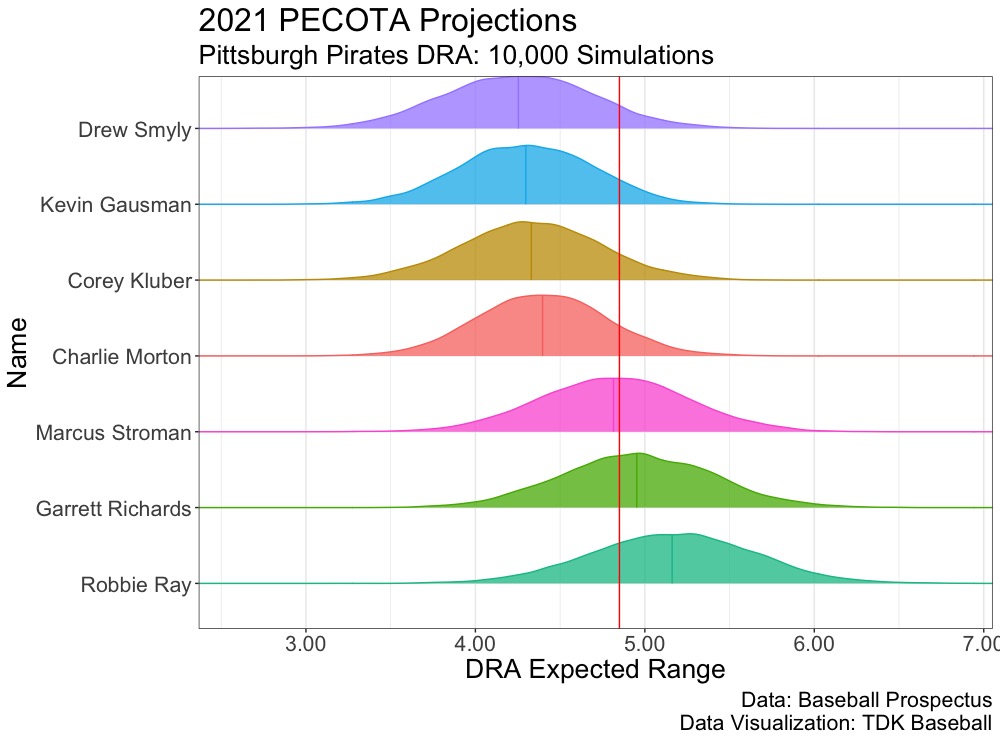
PECOTA is betting on Smyly repeating 2020 and has had swing and miss stuff in the past, there is also the long injury past. Gausman pitched like the prospect he was projected to be out of LSU, posting a 32.2 percent strikeout rate in 59.2 innings last season. PECOTA is similarly buying the progression. Charlie Morton has had success since 2017, but he too has an injury riddled past, including a shoulder injury in 2020. Kluber, despite missing time, is projected to be an above average arm and one that comes in below the market rate. If he pitches to the median outcome, Kluber is well worth the $11 million. The first percentile outcome is a 5.24 DRA and 107 DRA-, similar to the projected outcomes of Richards and Stroman. The upshot is a 70th percentile of a 4.11 DRA and 84 DRA-. Getting a pitcher that, at the worst, is a projected 7 percent below with the upside of being 15-20 percent better than average. Kluber is likely going to be an above average starting pitcher with upside. The biggest concern is health fbut betting on a pitcher where the downside is league average, is worth the $11 million compared to the similarly priced pitchers.
Jameson Taillon’s last healthy season of 2018 saw a 3.20 ERA in 191 innings with a brand new shiny slider to go along with the curveball and fastball. His profile looked like the following:
Taillon was mid 90s with the fastball and above average spin, threw a curveball with good depth and glove side movement with good differentiation, and a slider showing good glove side break that was more firm. There were times that the pitch backed up and was cutter-y, but the pitch played. This gave Taillon three pitches that can be used as weapons with a show me changeup, a distant fourth pitch. The problem, early in 2019 Taillon underwent his second Tommy John surgery. The long loopy arm action seen below isn’t efficient and it cost Taillon more time.
Taillon has since shifted to a shorter arm action, similar to the movement profile of Lucas Giolito. This action is more efficient and should keep Taillon healthier throughout the season.
Taillon is set to earn $2.25 million in arbitration with one year left. The prospect cost was a near major league arm and some prospects further away, which I detailed in my Pirates top 20 list. Taillon is projected to be a pitcher 14 percent better than average with a floor (1st percentile projection of 107 DRA-) being a relatively average starter. The biggest volume prospect the Yankees gave up, Maikol Escotto, is years away. That discount rate, given the placement on the win curve (Yankees have the highest win projection by FanGraphs), should be higher than the aggregate discount rate teams apply. Taillon represented an upgrade to the rotation without needing to add much to the payroll.
The Yankees added two pitchers with a projected 15 percent better than average median projection for a total cost of $13 million and four prospects. That’s a relatively low financial cost and the Yankees won’t miss those prospects much in terms of 2021 and 2022. Their current rotation and depth look like the following:
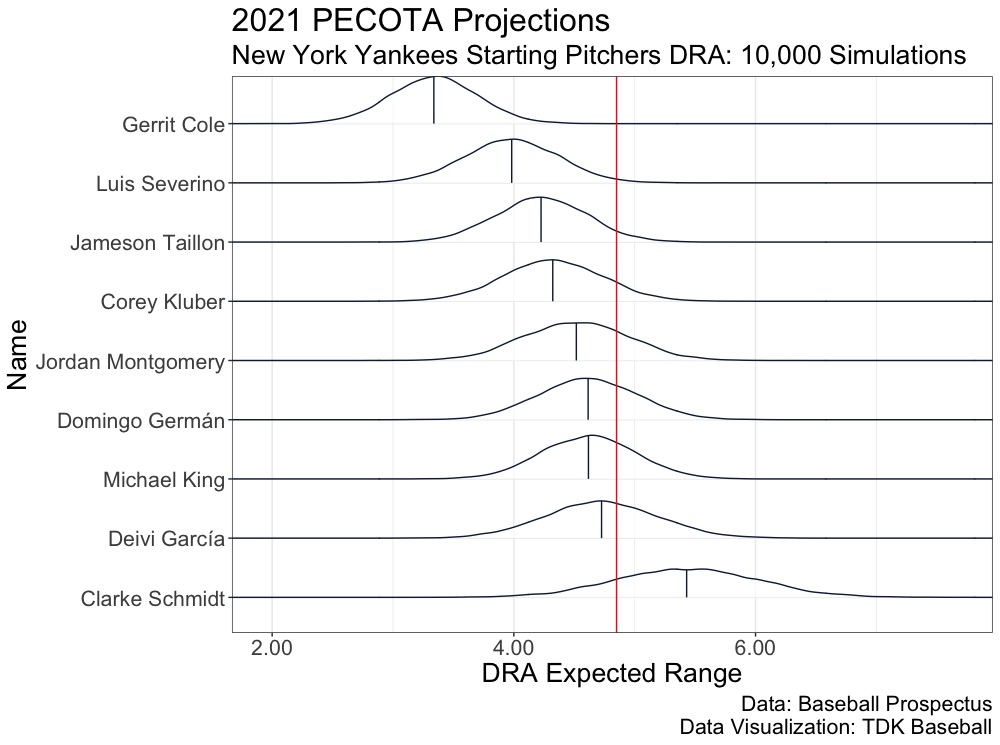
Gerrit Cole will lead the rotation as one of the game’s best starters. Luis Severino is projected to come back in mid June or July, but will have some precautions coming off Tommy John. When healthy, Severino is a top of the rotation arm and he should be ready to go for October. Taillon and Kluber are projected to be 15 percent better than average as the number three and four starters come playoff time. Jordan Montgomery, the lone left-hander, projects at a 92 DRA-. Domingo German, who was suspended for domestic violence in 2019 and 2020, will be monitored in spring training. He too projected better than average at a 94 DRA-. However, there are clearly some makeup concerns, and anybody arrested for domestic violence should not be a focal point of a team. There are things in life more important than baseball and this is one of them.
In terms of rotational depth, Michael King and Deivi Garcia project at 94 and 97 DRA-. Eric Longenhagen at FanGraphs put a 50 grade on Garcia with concerns about Garcia being able to routinely throw 180 innings with an easy to identify curveball. Clarke Schmidt projects at a 5.43 DRA and 111 DRA-, as the Yankees ninth starting pitcher option. Longenhagen too had the righty as a 50, noting the past injury concerns but also two breaking ball mix. Garcia has two options, King and Schmidt three, and Montgomery and German have two and one respectively.
The Yankees are taking the risk of health (between Kluber, Taillon, Severino, and Schmidt) but are acquiring players who, despite innings limits, look to be well above average and have safe floors. Looking at the Taillon, the Yankees greatly improve their rotation and depth because of it.
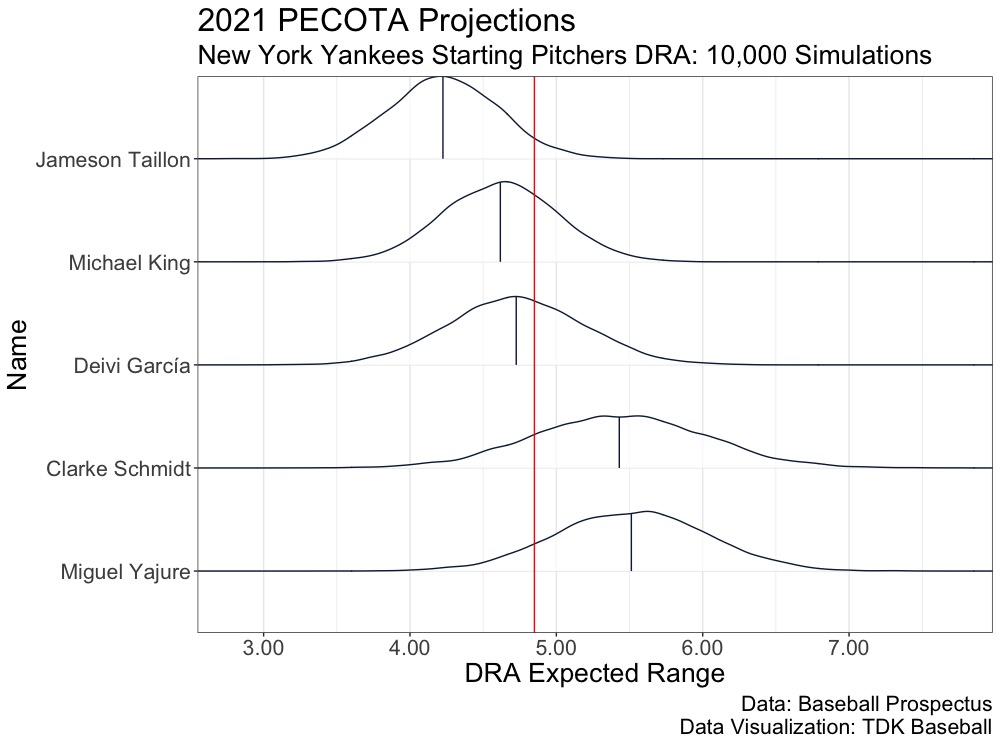
Yajure, who was traded for Taillon, has the worst 2021 projected DRA and Schmidt has more in the tail of better performance. If Taillon is healthy, he is most surely going to perform better than Schmidt and Yajure will in 2021. We’re also pretty confident he’ll be better than King and Garcia in 2021 as well. This pushes the ceiling upward for a team on the far right of the win curve, trying to maximize their World Series odds every season. 88 wins remains the cutoff of a 50 percent chance of making the playoffs, with the Yankees projected at 96. They’re going to make to make the playoffs and the marginal win isn’t that valuable:
The Yankees are likely going to make the playoffs, but that’s not the reason they upgraded the rotation. Going into October with Kluber and Taillon pitching behind Cole and Severino gives the Yankees four starters who are projected at least 15 percent better than average with Montgomery moving to the pen and providing insurance. The Yankees truly only need one of three to come back healthy and pitch to their expected outcome to become a much more dangerous team. Having three of them at minimal cost spreads out the risk while still giving a large upside play.
The Yankees did this with a cost of only $13.25 million and four prospects while taking on the risk of health. But the additions of Kluber and Taillon deepen the rotation and allow for that depth (those pitchers with options) to make spot starts and run a deeper and more of a six man rotation. Taillon improves upon Yajure and the resulting depth from acquiring a Major League player (Yajure looks more ready for 2021 and is more likely a mid rotation arm). Taking on this risk, for a team that projects as one with a really good chance to make the playoffs with a deep offense, a top-of-the-line starter in Cole, and the best projected bullpen, is a smart play. There is no better team to take on the health risks and receive the rewards in October. The health risk is real but the financial cost for that upside is minimal and the Yankees were able to take advantage of a market for two upside arms.
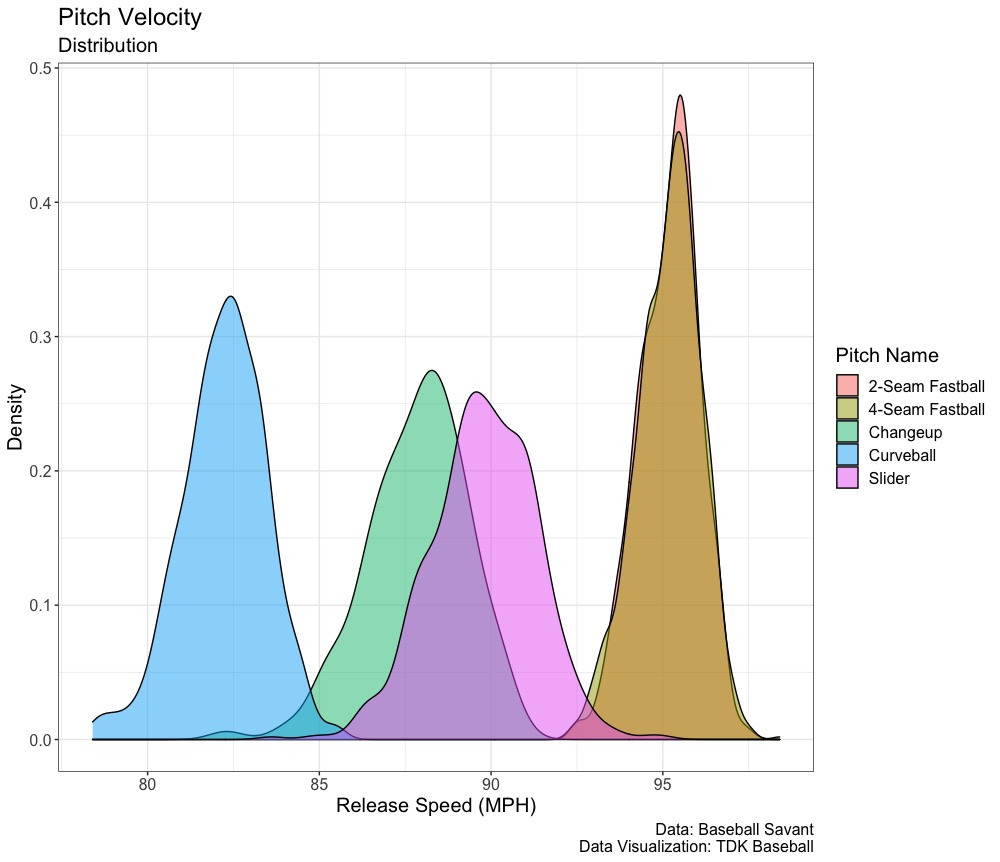
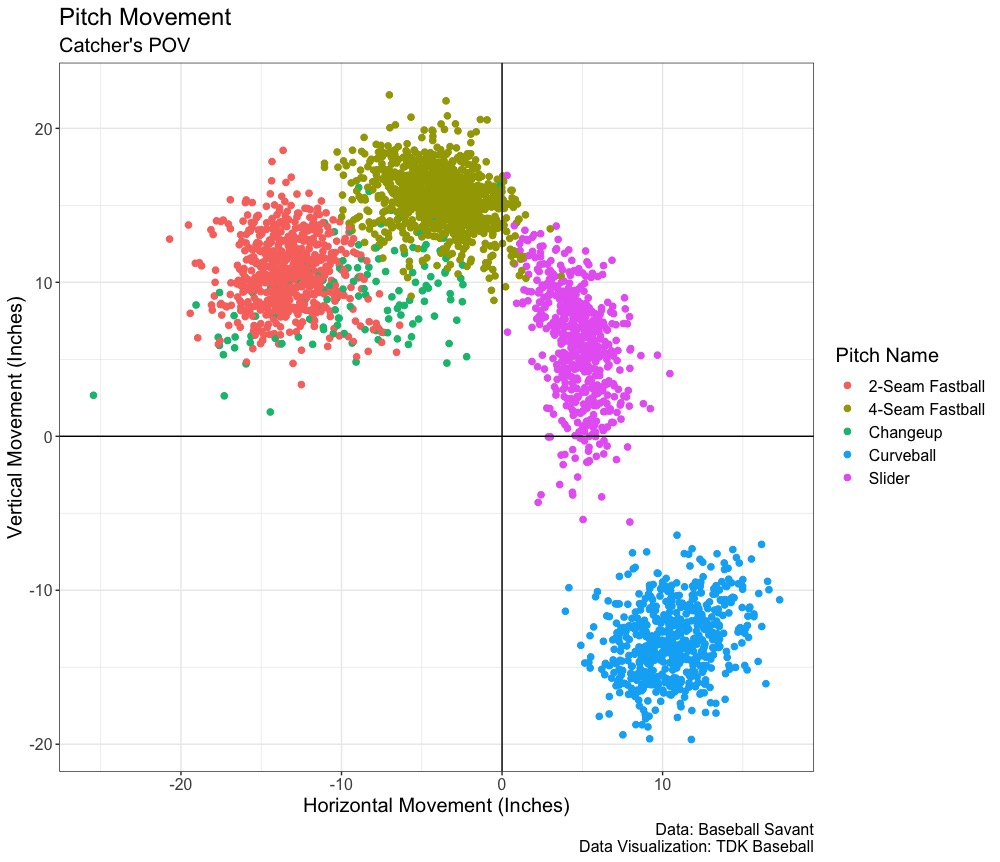
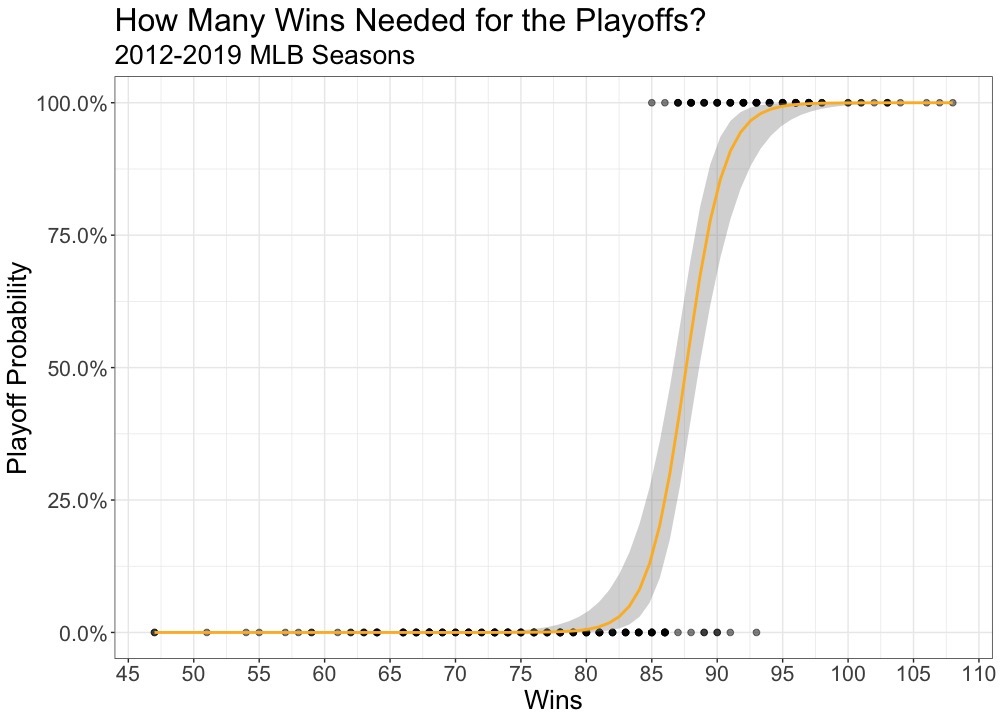
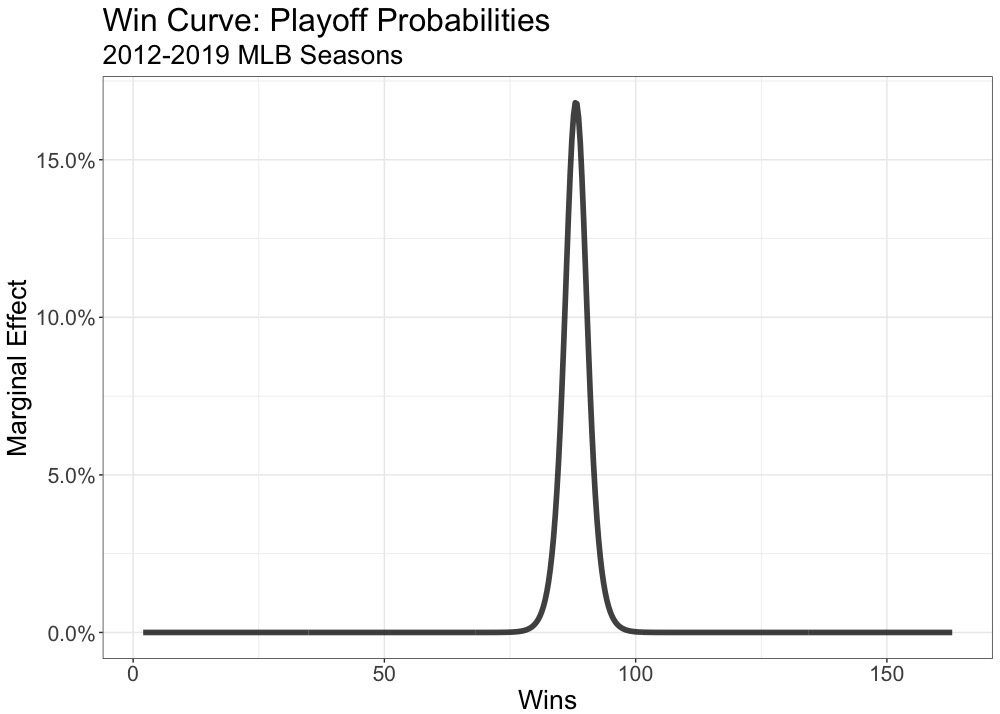
Leave a Reply